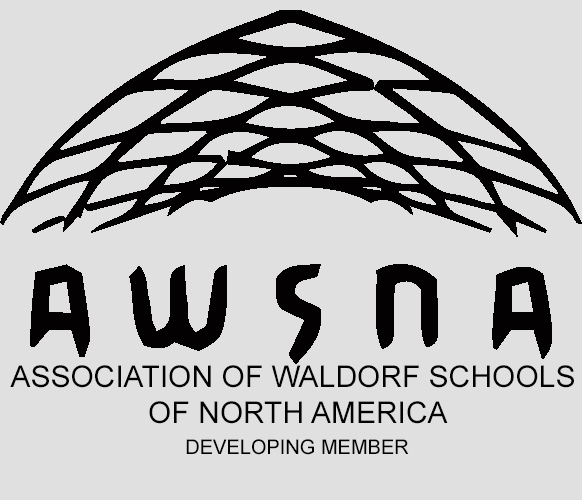by Lindsey Benton, 5/6 Grades Teacher
Throughout much of February, the 5/6 grades has been diving into physics experiments related to sound and light. This has led to a variety of engaging experiences, and the students took up their work with curiosity and glee. For example, when experimenting with how well sound travels through solids, students wrapped silverware with string, wrapped the string around their fingers, plugged their fingers in their ears, and then banged the silverware on their desks and chairs. The result? A lot of joyous astonishment at the beautiful metallic sound that was produced- and some laughter at how silly they all looked performing the experiment! They also really loved experimenting with the tonal sounds that wine glasses produce when they were filled with water and rubbed on the rim.
Each day carried a very lively experiment like this. We spent the next day recalling what materials we used, what procedure we followed, and what observations were made. We then drew conclusions. In the example above, students concluded that sound traveled well through the metal silverware and string. We then compared the rate that sound travels through air (343 m/s) versus metals like steel (5,960 m/s) or silver (3,650 m/s). Because of last month's math unit on the metric system, the 5/6 graders had a concept of the "meters per second" labels listed above.
A clearly written lab report was then produced. Students used precise language to describe all the components of the experiment. This exercise allowed students to slow down and objectively record what they observed. Oftentimes, at this age, students like to jump straight to a judgement about their experience ("That was so cool!") or a conclusion ("I know why that happened!"). Recalling the experiments in detail and going through the process of recording their findings in these lab reports gives students the chance to hone their observation skills, and from there, arrive at informed conclusions.
This is the underlying developmental touchstone in the middle school physics block. At an age where it is all too easy to rush to snap judgements and big feelings, students are given the opportunity to step back, accurately assess what happened, and reach solid discernment.
Our physics block coincided with Black History month, so a portrait of Louis Armstrong graced our classroom chalkboard. This has been an incredible opportunity to tie together our studies of acoustics with the history of jazz music. In language arts classes, students read articles about different styles of jazz and how they came to be. They have listened to sound clips of key musicians like Louis Armstrong, Duke Ellington, and Ella Fitzgerald. The 5/6th grades used information from the articles and sound clips to compose a written piece about the history of jazz. Together as a class, they have also composed and performed percussive rhythms that highlight solo improvisation that is featured in jazz music.
Our studies of jazz expanded to look at the greater time period of the Harlem Renaissance. We talked about the Great Migration, why it happened, and how such compelling art, music, and poetry arose during this time. The class read poetry by Langston Hughes and composed a poem in his style. As a collective art piece, the class listened to a poem by Langston Hughes called "Dream Variations" and created artwork for Orchard Valley's hallway bulletin board. They used their knowledge of chalk pastels to create an inspired image of the poem, and each student completed an artistic rendering of a couple lines of the poem. The result was a composite piece of art that beautifully showcased these beautiful words by Langston Hughes.



